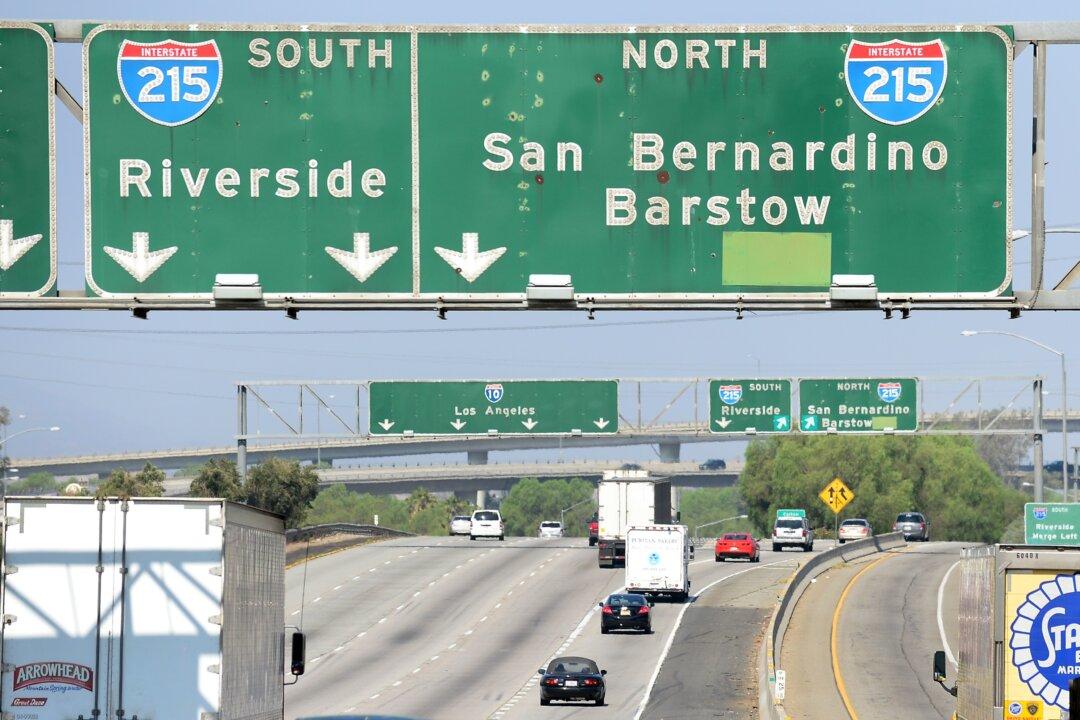Commentary
Riverside and San Bernardino Counties in Southern California have 52 cities. A number of their residents work in Orange County and make their commute using the Riverside Freeway, its express lanes, or the Metrolink rail.

Riverside and San Bernardino Counties in Southern California have 52 cities. A number of their residents work in Orange County and make their commute using the Riverside Freeway, its express lanes, or the Metrolink rail.